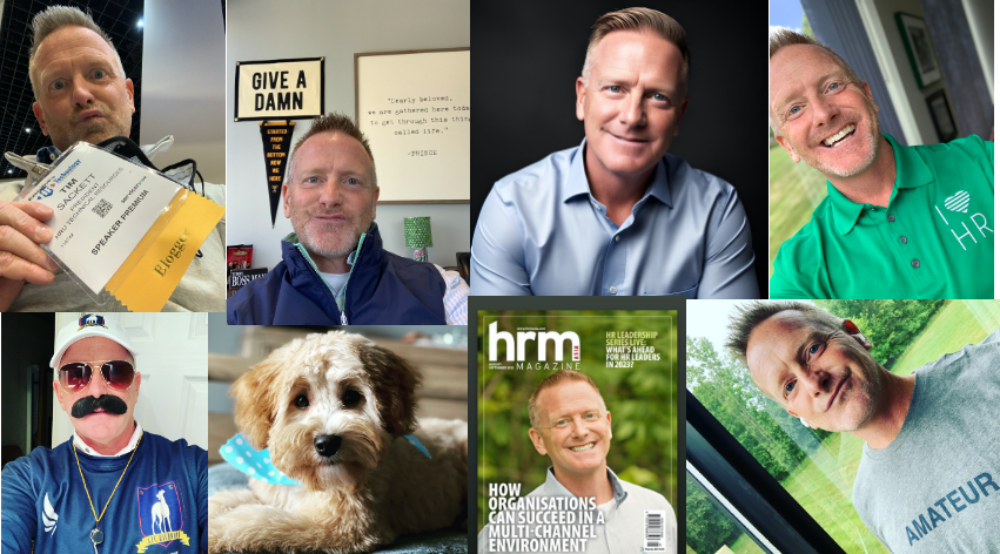The world of sports tends to bring up societal issues constantly, and the NFL didn’t disappoint last week when Seattle Seahawk’s quarterback Russell Wilson was accused, anonymously by teammates, as “not being ‘black’ enough”. It’s an issue as HR Pros we face in our own workplace. More on the statements about Wilson from Charles Barkley in the Bleacher Report:
“Unfortunately, as I tell my white friends, we as black people, we’re never going to be successful not because of you white people but because of other black people,” Barkley said. “When you’re black, you have to deal with so much crap in your life from other black people. It’s a dirty, dark secret; I’m glad it’s coming out.”
The controversy began with an item from Bleacher Report’s Mike Freeman, who said some of Wilson’s Seahawks teammates don’t care for him because “they think he’s too close to the front office,” he “doesn’t always take the blame with teammates for mistakes he makes,” and “some of the black players think Wilson isn’t black enough.”
“There is … an element of race that needs to be discussed,” Freeman said of Wilson’s relationship with his teammates. “My feeling on this — and it’s backed up by several interviews with Seahawks players — is that some of the black players think Wilson isn’t black enough. This is an issue that extends outside of football, into African-American society, though it’s gotten better recently. Well-spoken blacks are seen by some other blacks as not completely black. Some of this is at play.”
I want to say that I understand, but I don’t. Never in my entire life have I had someone tell me I ‘wasn’t white enough’. But I have known people who have used the phrase, “Oh, you just wish you were black!” I gotten this because there are so many things I love about African American culture (music, clothing, food, language) and I grew up in an urban area. To be honest, I never wished I was black. I have wished I was taller (I wish I was a baller…), thinner, more athletic, had a better singing voice, etc. I have always figured no one would ever mistake me for anything but white.
To Wilson’s credit, even he responded with: “I don’t even know what that means”, when he was told people didn’t see him as black enough. According to Wilson’s background he’s mostly African American and Native American. He self-identifies as “mixed-race”. This has rubbed some of his African American teammates wrong. They want him to only identify with his African heritage.
In HR we talk ‘inclusion’ all the time. The ability to ‘include’ all. Black, white, old, young, rich, poor, Democrat, Republican, Christian, Jewish. All. But the reality is, there are larger forces at play within many of the demographics we are trying to include, and most we’ll never fully understand.
In the end, we just can’t take for granted that one group of people are going to do what’s best for another group, just because they identify with that group. Culture and engagement are complex, living things. You do things because you ‘think’ they will work, but they do the opposite. What are you supposed to do? Try to rise above it, when you can. Deal with it directly, when you have to. Know your own biases and assumptions.

